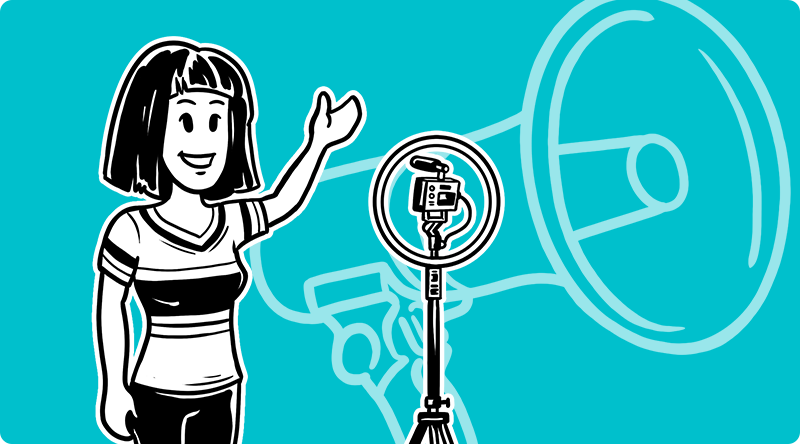6 Best Platforms & Tools to Boost Your Influencer Marketing Performance
Today’s brands are bullish on leveraging the power of influencer marketing, and this is for the simple reason that the modern consumer trusts influencers more than brand messages. Influencer-generated content is also more effective at eliciting the desired responses than other marketing strategies.
However, it is challenging to effectively execute influencer marketing campaigns, especially at scale. Fortunately, there are several tools that can help marketers manage and improve their campaign performance.
In this post, we will recommend six types of tools that can meet your influencer marketing campaign goals, thereby helping you gain an edge.
1. Influencer Collaboration Tool: Popular Pays

Finding the right people to work with is an important aspect of influencer marketing since 63 percent of consumers trust influencers more than the brand’s own messaging.
However, identifying potential influencers, developing authentic relationships with them, and collaborating on creative campaigns is a time- and resource-intensive job.
Influencer collaboration tools like Popular Pays simplify the process by:
- -enabling you to connect with relevant influencers through powerful search parameters
- -coordinating with influencers to commission sponsored posts and customized digital assets
- -tracking campaign outcomes to measure success
Kraft Heinz achieved excellent results through the Lightricks-owned Popular Pays platform for two influencer campaigns aimed at improving the perception of its recipe portal, My Food & Family. The campaigns garnered 8 million impressions and an engagement rate of 5.7 percent — 103 percent more than its average engagement rate.
The platform works for influencers looking to monetize their influence, too, by helping them find collaboration partners or sell custom content requested by brands.
2. Video Creation Tool: simpleshow
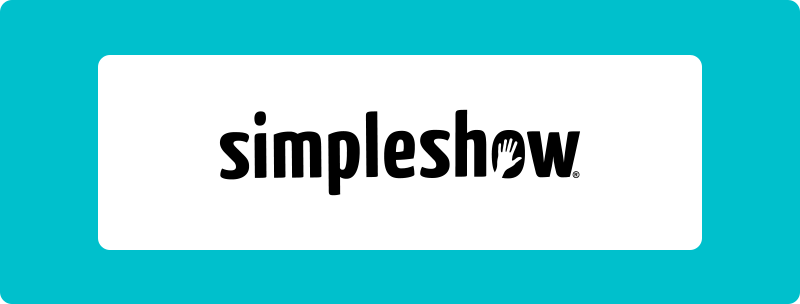
In a creator economy worth $104.2 billion, you have to use every weapon in your arsenal to stand out. Today, anybody with a camera (or a smartphone camera) and a video creation tool (plus some business smarts) can become an influencer.
Influencers prefer short- and long-form video content, time-lapse videos, explainer videos, and GIFs because they can engage and trigger action as nothing else can.
Chris Moore, the founder of SMBillion, discovered the power of visual content after turning an article into a YouTube video using simpleshow video maker. Within 10 days of being uploaded, the video ranked #3 for the keyword “best invoice software.”
True to its name, simpleshow makes it simple to create professional explainer and/or e-learning videos by suggesting storylines, creating illustrations via the Explainer Engine, and enabling different audio recording options.
3. Image Editing Software: Canva
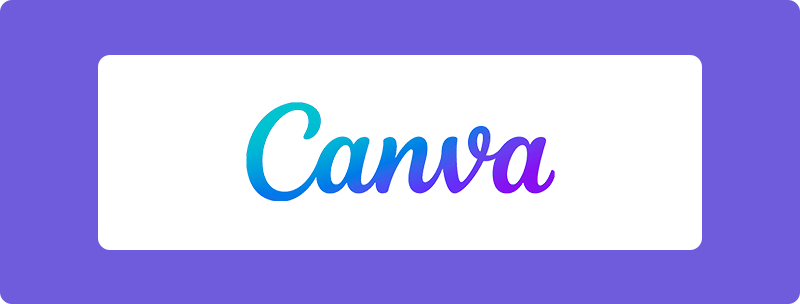
Check out the visually pleasing, unified feed of an Instagram influencer. It looks easy, doesn’t it?
However, behind each “perfect” image lies smart light work, an assortment of filters, and image editing using software like Canva.
Orangetheory Fitness, a fitness company with studios in 26 countries, needed a way to create localized content without diluting its brand image. With Canva, they created a single editable Master template, which was tweaked by the different studios to include their local flair.
HubSpot used Canva’s Brand Kit feature to create and maintain on-brand digital assets and marketing templates and its real-time collaboration function to work with cross-functional teams to run campaigns smoothly.
Canva allows non-designers to quickly produce and share on-brand marketing material like social media posts, banners, and assets for events and webinars. By empowering you to create relevant share-worthy assets at scale, it’s a powerful tool to build relationships with influencers and scale up campaigns while preserving brand consistency.
4. Hashtag Generator: RiteTag
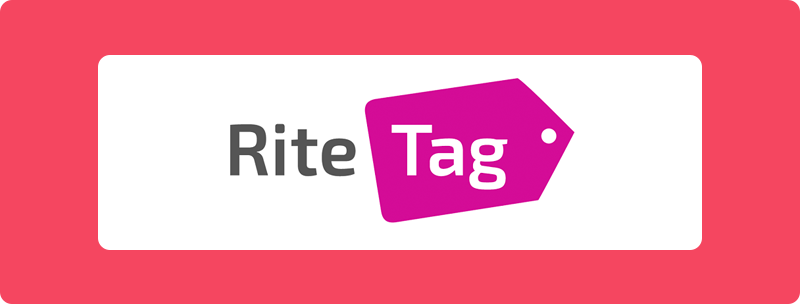
Influencers develop a hashtag strategy tailored to their niche to boost discoverability and, to some extent, reach. Since non-followers can also find such posts and engage with them if they like them, hashtags help push up engagement rates.
Instagram suggests that you use a combination of niche and well-known hashtags for best results, and hashtag generator tools like RiteTag cut down on the manual research needed to find the most relevant ones.
Since the tool integrates seamlessly with scheduling platforms like Hootsuite, Buffer, and Later, you don’t need to copy and paste hashtags from one tab to the other.
IdeasWatch, a community for entrepreneurs to share their startup ideas, used RiteTag to boost Twitter engagement by 30 percent by setting up a formula to add relevant hashtags and GIFs to each tweet.
While tweets without RiteTag hashtags/images received no engagement, within 30 days of using the tool, impressions were up by around 444 per day. They were also able to reach relevant people, as demonstrated by data from the Audience Insights feature.
5. Caption Proofreading Tool: Grammarly

Typo-ridden content does not inspire much trust nor does it look professional. The tone and clarity of your message are important, too, if you want to connect with your audience.
Cynthia Johnson, an influencer, vouches for proofreading tools like Grammarly to help her writing appear strong, personalized, and accessible. “You never know how a misspelled word or grammatically incorrect statement can change someone’s opinion of you or hinder your opportunities,” she says.
Grammarly doesn’t just fix typos but also makes tone adjustments based on the type of audience and offers suggestions on word choice and clarity. It’s an editor in your pocket!
6. Analytics Tracker: BuzzSumo
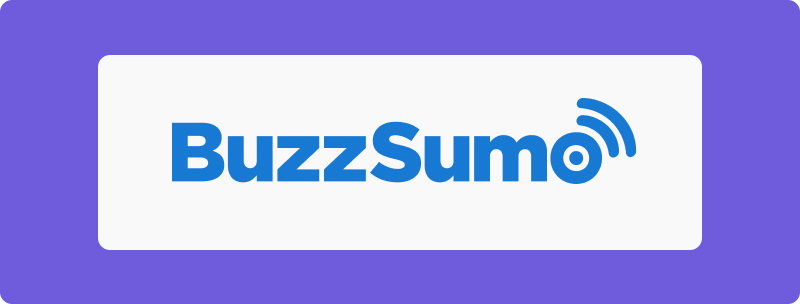
The goal of influencer marketing—brand awareness, engagement, or conversions—determines which KPIs will be tracked.
- Brand awareness – Impressions/views, reach
- Engagement – Likes, comments, shares, views, direct messages (DM)
- Conversions – Downloads, form submissions, subscriptions, signups
Conversions/sales are the most common way to measure influencer marketing ROI, followed by engagements/clicks.
Analytics trackers like BuzzSumo help you track the performance of each influencer and compare it with your expectations. For instance, Clarify Capital considers it a success when an influencer’s sponsored content generates 60 percent of their average likes and comments per post.
BuzzSumo has the world’s largest index of social engagement data—it tracks 8 billion pieces of content and 300 trillion engagements—so it can offer solid insights. That’s why GetApp, a recommendation engine for small businesses, uses the tool to discover, engage with, and monitor Twitter influencers to help amplify its content and distribute it widely.
Scaling and optimizing your influencer marketing
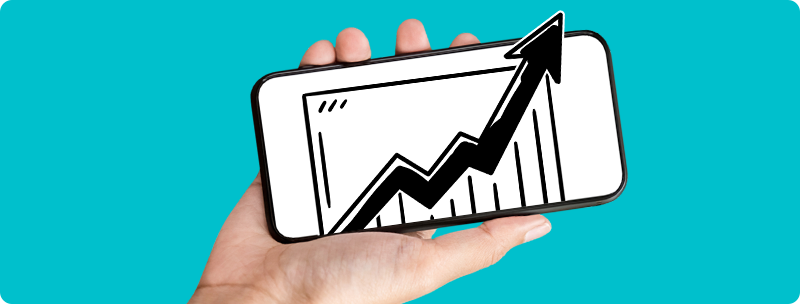
More than 75 percent of marketers say they will budget for influencer marketing in 2022, whereas 68 percent of marketers will increase their influencer marketing spend. This demonstrates confidence in the creator economy.
Now’s the time to leverage the positive sentiment around influencer marketing and make it a part of your digital marketing strategy.
Author’s Bio
Hazel Raoult is a freelance marketing writer and works with PRmention. She has 6+ years of experience in writing about business, entrepreneurship, marketing and all things SaaS. Hazel loves to split her time between writing, editing, and hanging out with her family.
